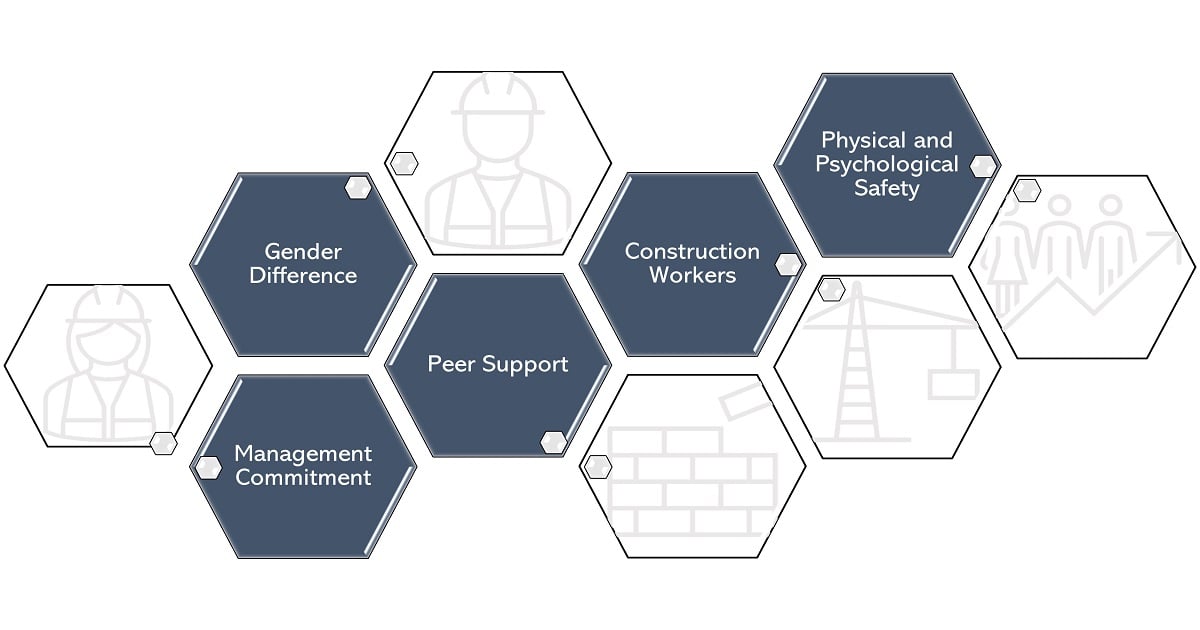The Impact of Organizational and Individual Factors on Construction Safety
A special issue of Buildings (ISSN 2075-5309). This special issue belongs to the section "Construction Management, and Computers & Digitization".
Deadline for manuscript submissions: closed (31 December 2023) | Viewed by 7386

Special Issue Editor
Interests: construction safety; organizational resilience; individual resilience; transportation safety; automation in construction safety inspection
Special Issue Information
Dear Colleagues,
A plateau in construction safety (i.e., a minimal decrease in the fatality rate over a period of time) has been observed in many countries and regions over the past decade, such as the US and UK. Due to the nature of the work, besides a high probability of experiencing safety incidents on site, construction workers face many other challenges every day, such as a busy schedule on site, conflicts with their coworkers and supervisors, and now, the social distance mandates because of COVID-19. In this context, it is urgent to find new solutions to overcome the safety plateau and to continuously advance construction safety research and practice.
The goal of this Special Issue is to publish a collection of articles that are related to the following:
- First, a detailed introductory paper that references existing research and other published literature to document how organizational and individual factors (e.g., safety climate, organizational resilience, individual personality, interpersonal conflicts at work) can affect construction safety research;
- Second, manuscripts on how organizational and individual factors affect construction safety performance from different countries and regions, given that safety problems are location-based and the factors that play a role might be different;
- Third, how organizational and individual factors interact with each other, and how those factors interact with other aspects, such as safety management systems and operations of organizations.
Dr. Yuting Chen
Guest Editor
Manuscript Submission Information
Manuscripts should be submitted online at www.mdpi.com by registering and logging in to this website. Once you are registered, click here to go to the submission form. Manuscripts can be submitted until the deadline. All submissions that pass pre-check are peer-reviewed. Accepted papers will be published continuously in the journal (as soon as accepted) and will be listed together on the special issue website. Research articles, review articles as well as short communications are invited. For planned papers, a title and short abstract (about 100 words) can be sent to the Editorial Office for announcement on this website.
Submitted manuscripts should not have been published previously, nor be under consideration for publication elsewhere (except conference proceedings papers). All manuscripts are thoroughly refereed through a single-blind peer-review process. A guide for authors and other relevant information for submission of manuscripts is available on the Instructions for Authors page. Buildings is an international peer-reviewed open access monthly journal published by MDPI.
Please visit the Instructions for Authors page before submitting a manuscript. The Article Processing Charge (APC) for publication in this open access journal is 2600 CHF (Swiss Francs). Submitted papers should be well formatted and use good English. Authors may use MDPI's English editing service prior to publication or during author revisions.
Keywords
- organizational factors
- individual factors
- construction safety plateau
- complexity of construction projects
- workplace safety





